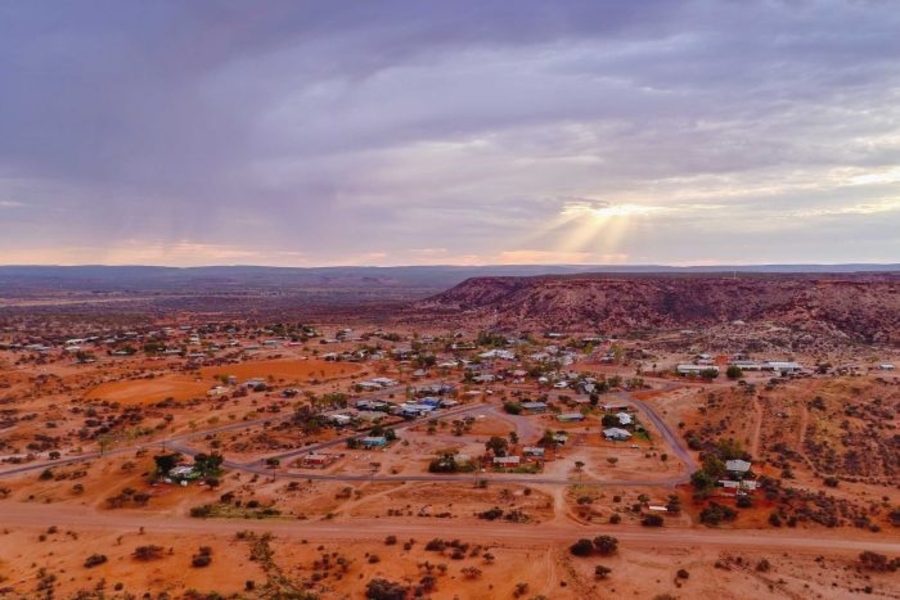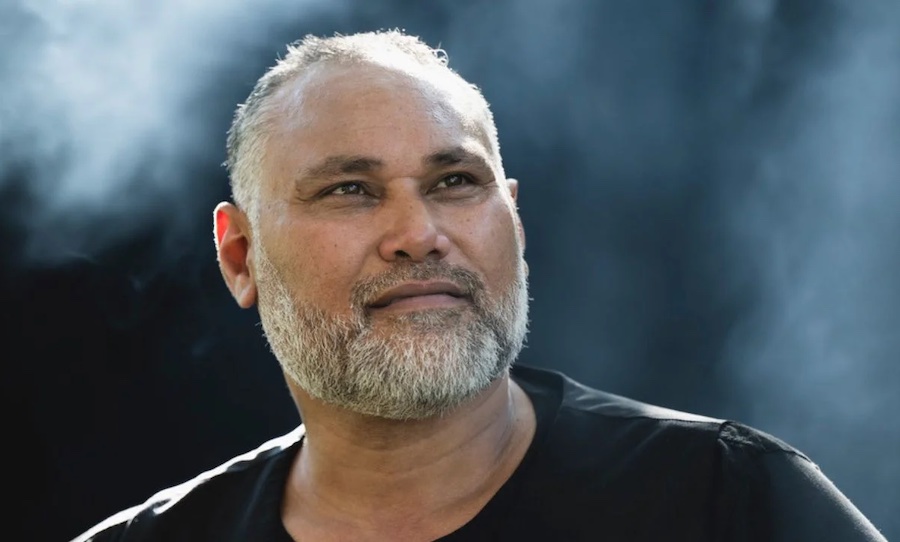Amidst the chaos caused by the coronavirus and the latest toilet paper wars that have wreaked havoc across supermarkets in Australia, have we forgotten about some of the most vulnerable communities in Australia? With the general anxiety level rising, everyone is doing what they can to ensure they are taking all precautions.
But what about the impact that the virus could have on the most remote areas of our nation? When you think about it, the consequences could be horrific, and if we’re not careful, our Indigenous communities could be among the hardest hit.

Remote parts of Australia may be the most vulnerable of our nation, and if coronavirus were to hit our Indigenous communities, the impact could be devastating.
One of the reasons that the spread of the virus to these parts of Australia could be so dangerous is that these small Indigenous communities reflect a higher rate of chronic disease and poor living conditions than the rest of the population. This results in community members having poor or weak immune systems, putting them statistically in the category most at-risk from the virus.
Overcrowding is also a common occurrence faced by people living in these parts of the nation, an issue made worse by lack of funding from the state governments. Essentially this means that self-isolation and quarantine are virtually impossible in these communities.
Speaking on the conditions, Mark Hewitt, the CEO of the Anindilyakwa Land Council in the Northern Territory described: “It’s a bit like one of those cruise ships where you had an infection that just spread because it’s essentially like a Petri dish.”
On top of this, health resources and support in remote and regional parts of Australia are far from adequate when compared to the health care we have in major cities across the nation. The National Rural Health Alliance Inc found that people living in these remote locations have a 20% greater chance of living with a disease or illness compared to people living in more urban areas.
With health officials discouraging visitors to remote communities, including health and support workers, we are left to question the potential outcomes if the coronavirus was to spread to these areas of the country. At this point, experts have made only a few suggestions about combatting the virus if it were to spread: early evacuation plans are being encouraged and remote communities are being told to stock up on enough medical supplies to last three weeks. No extra funding has been allocated to allow for excess medical stock expenditure.
With little attention or support directed to our remote Indigenous communities, we are left to consider the catastrophic damage that an outbreak could cause. Are we doing enough as a nation to prevent it?



